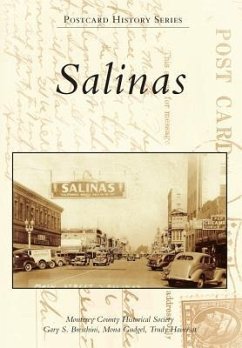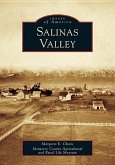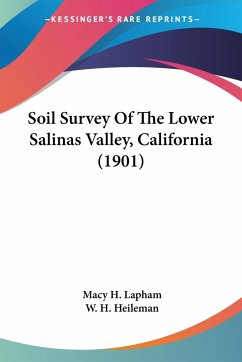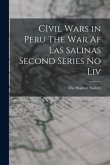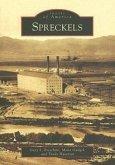Salinas is named for the broad saltwater slough that once seeped in from Monterey Bay, saturating the plain between the Sierra de Salinas and the Gavilan Mountains. Originally used for cattle, a town developed from a stage stop after the Gold Rush, and the land was drained and used for grains, potatoes, sugar beets, and other crops. After World War I, irrigation permitted the growing of lettuce, broccoli, and other row crops. Salinas became known as the "Salad Bowl of the World" and one of the wealthiest cities in the United States.
Hinweis: Dieser Artikel kann nur an eine deutsche Lieferadresse ausgeliefert werden.
Hinweis: Dieser Artikel kann nur an eine deutsche Lieferadresse ausgeliefert werden.

